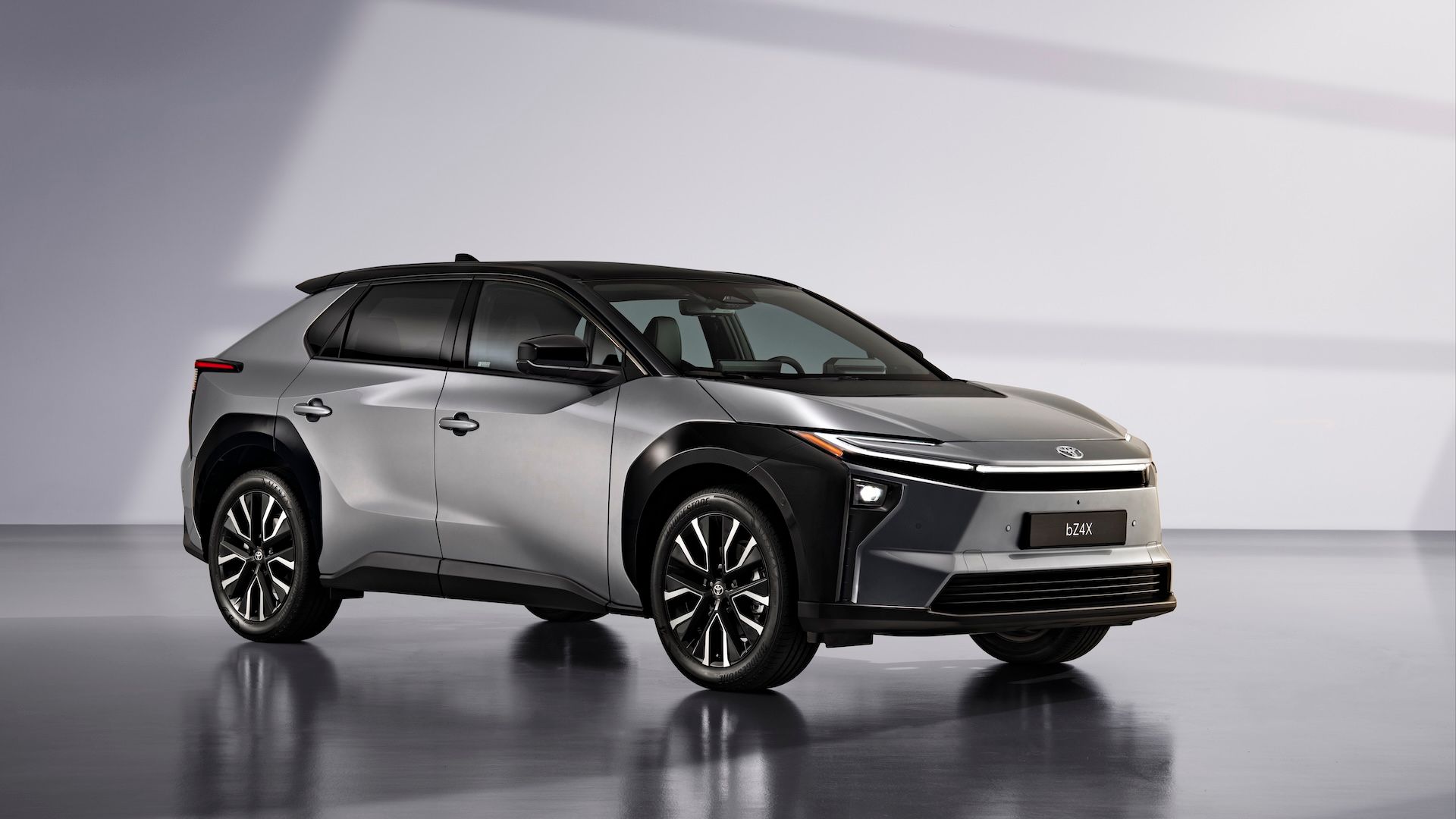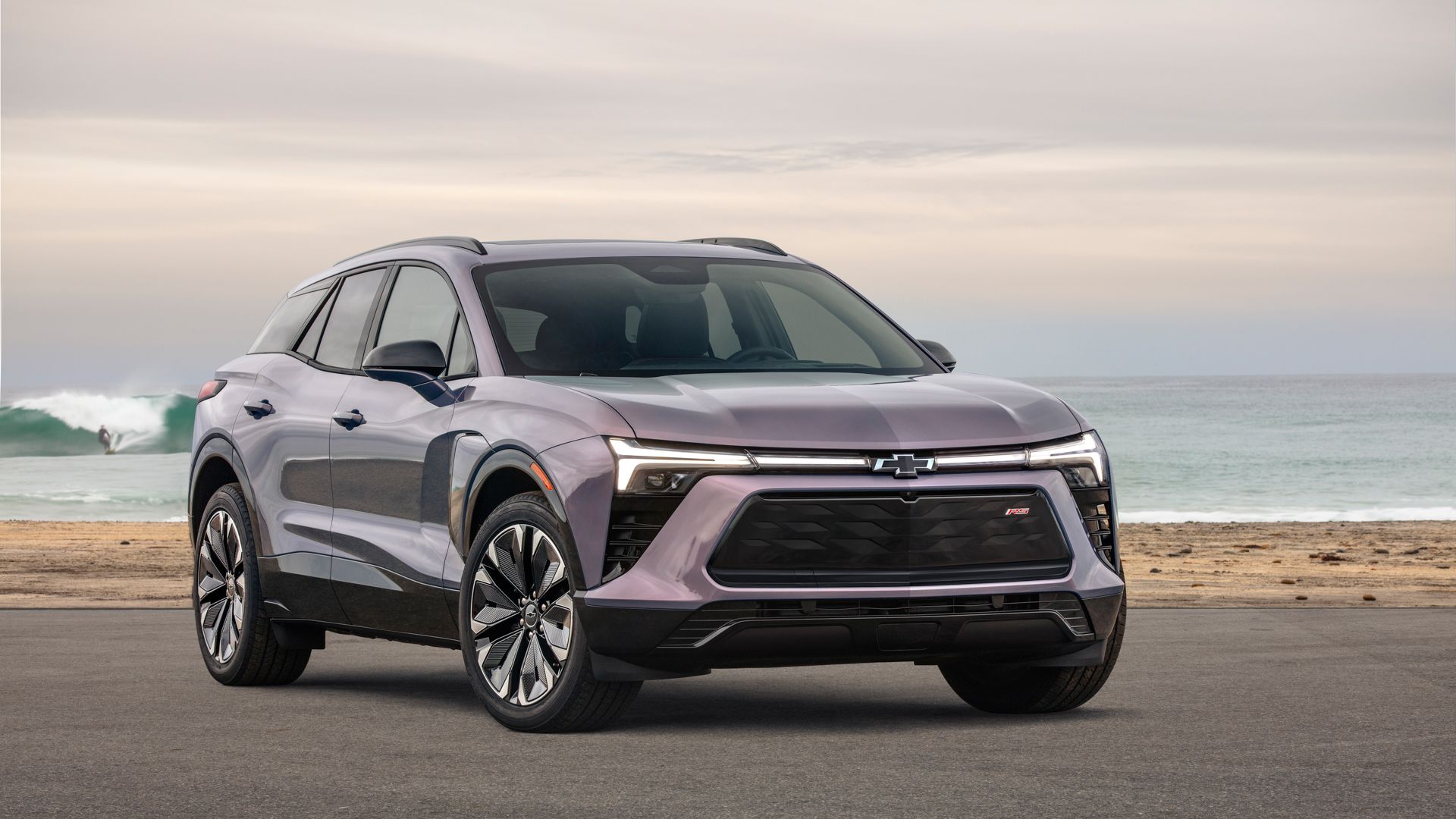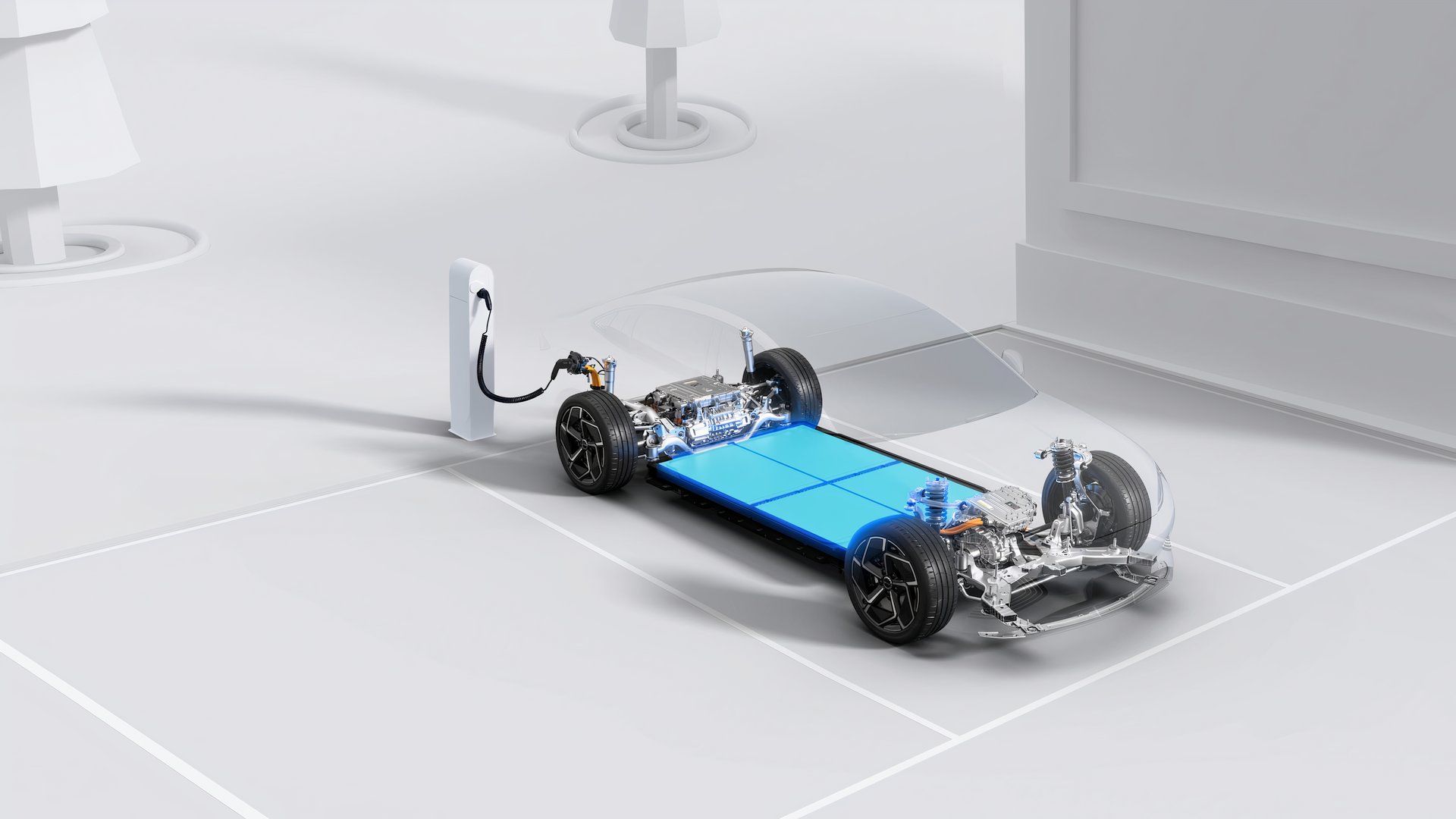Electric car dominance is slowly on the rise in the U.S., even if you include the demand decline that the entire new vehicle market is experiencing as of the first quarter of this year. Most manufacturers and international governments are working together to ensure the end of the ICE within the next two to three decades in a bid to decrease the overall carbon emissions currently affecting our planet. The EV uptake has been a bit slower than initially expected,
due to several key factors
. Pricing remains the biggest drawback for new buyers opting for an EV, as they are substantially more expensive options when you compare them to ICE or even conventional gasoline-electric hybrid vehicles. Coupling this with the fact that they depreciate faster than any type of vehicle that the industry has ever seen before, further hurts their purchasing viability.
A
lack of public charging infrastructure
further causes damage to the EV market. There is a plan in motion to resolve this, but there’s a possibility that the current administration will be rolling this back. Despite these challenges and disappointing trends, most manufacturers remain dedicated to the electromobility cause, with the goal of completely phasing the ICE out by 2040 at the earliest. As of 2025, there are many EVs currently traversing American roads, but their market share is admittedly not as impressive as many brands would have hoped for. Regardless, this is a figure that is constantly increasing as many vehicle owners start to embrace electromobility more seriously.
In order to give you the most up-to-date and accurate information possible, the data used to compile this article was sourced from various manufacturer websites and other authoritative sources, including Edmunds, Experian, and Cox Automotive.

Related
The Safest Electric SUVs You Can Buy In 2025
Here are ten of the safest electric SUVs that come jam-packed with driving aids and reinforced bodies.
American EV Usage Increases In 2025
According to a study conducted by Edmunds, 7.9 percent of the vehicles on American roads are fully electric. This reflects a 6.3 percentage point increase compared to 2020. With plug-in electric vehicles included, the number rises to 9.7 percent. While not at the pace that brands and government agencies would have hoped for, EV demand and market share continue to rise in the U.S. The publication sources information from Experian Automotive‘s 2024 analysis for a broader perspective, which states that 1.4 percent of the 292.3 million cars on the road in 2024 were electric vehicles. This reflects a substantial increase in market share over the course of two years.
It should come as no surprise that
Tesla sits at the very top of the throne
, holding 45.2 percent of the total market share on American roads as of the first two months of 2025. Ford follows this with a seven percent market share, while Chevrolet trails behind in third place with 5.5 percent of its products contributing to the total EV public network. Vinfast, Ram, and Jaguar sit at the very bottom of the list, with a zero percent market share. If we look at the American EV start-ups, namely Rivian and Lucid, we see that the former holds a 3.8 percent market share, making it the sixth most popular EV brand on the road, while the latter holds a relatively disappointing 0.8 percent market share, which we expect to improve
now that the more appealing Gravity SUV
is finally available to the new market.

Related
Electric Vehicle Sales Are Booming In The U.S., For Now, At Least
EV sales grew significantly year-over-year, but there could still be some dark days ahead.
How EV Sales Performed In Q1 2025
As we’ve mentioned, new vehicle sales took quite a knock in the first quarter of this year, reflecting a broader trend of diminishing sales in the new vehicle market. However, the EV market noticed a slight increase in sales, despite having faced many trying challenges. Cox Automotive‘s quarterly report, based on insights it sourced from Kelley Blue Book, the American EV market grew by 11.4 percent year-on-year.
It also notes that 7.5 percent of total new-vehicle sales in the first quarter were electric vehicles, reflecting a seven percent increase from the same period last year. Porsche, Toyota, and GMC enjoyed some of the biggest sales increases, thanks to new vehicle entries and substantial discounts. Mercedes-Benz, Rivian, and Kia were some of the few brands that suffered from demand declines.
Honda, Acura, and Jeep enjoyed some of the best sales results for their brand-new EV entries, namely the Prologue, RZ, and Wagoneer S. Despite suffering from an 8.6-percent year-on-year sales decline, Tesla maintains a 43.5 percent market share in Q1 2025, with the Model 3 being the only product to increase year-on-year sales by an impressive 70.3 percent. The
Model Y remains the most popular
option with 64,051 individual copies sold, but this still reflects a 30.8 percent sales decline compared to the same period last year. Ford holds a 7.7 percent market share, primarily thanks to the Mustang Mach-E, followed by Chevrolet with a 6.5 percent market share, Cadillac with 4.6 percent, and Hyundai with 4.4 percent.
How The Rest Of 2025 Looks For The EV Market
Cox Automotive‘s study indicates that the rest of 2025’s EV market performance in the U.S. will remain a bit more volatile, even though we have access to some new and exciting products and
appealing discounts and incentives
. The current administration’s aggressive tariff strategy will ultimately hurt new electric vehicle sales, resulting in a monumental challenge for many automakers. These tariffs place a heavy strain on the steel and aluminum supply, both of which are imperative for new EV production.
The report adds that just about two-thirds of the EVs sold in the U.S. in 2024 were assembled in the country, but they still rely on parts and components to be sourced from around the world from key industries and suppliers. The current administration’s trade war with China poses the biggest threat to America’s electrification progress, as it remains the industry’s
leading supplier of EV battery materials
and computing components by a fairly noteworthy margin. It will undoubtedly distort the market even more, together with the heavy speculation that the new administration will
reverse Biden-era EV sales incentives
. Based on these outcomes, we could be looking at a noteworthy decline in EV sales when the second quarter concludes, primarily due to a drastic increase in EV prices for American consumers.

Related
Global Energy Demand Grew Last Year: Electricity Increased, Oil Decreased
There are some intriguing trends in the global energy industry.
American Regions That Purchase The Most EVs
Alliance for Automotive Innovation’s EV sales and market report, covering the third quarter of 2024, highlights
California as being the EV market share
leader for fully electric vehicles, plug-in hybrid electric vehicles, and fuel cell electric vehicles. Collectively, they make up just about 27 percent of new light-duty vehicle registrations. Colorado follows closely behind in second place with its 26 percent market share, reflecting an eight percentage point increase compared to the same period last year.
States With The Highest EV Market Share
|
State |
Market Share |
|---|---|
|
California |
26.8 Percent |
|
Colorado |
25.5 Percent |
|
Washington |
24.6 Percent |
|
District of Columbia |
20.4 Percent |
|
Oregon |
17 Percent |
California, Colorado, Washington, and the District of Columbia all exceeded 20 percent market share in the same timeframe, with ten other states also experiencing a 10 percent EV registration gain, while still remaining below 20.











